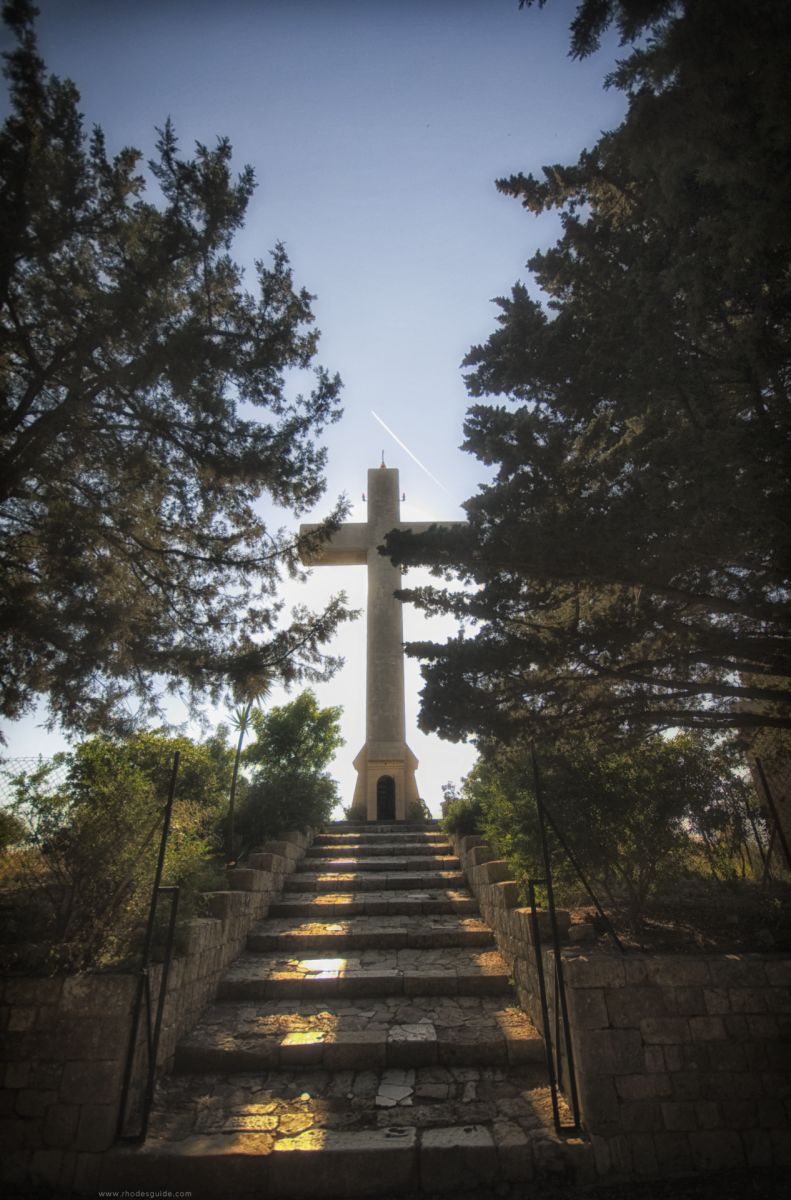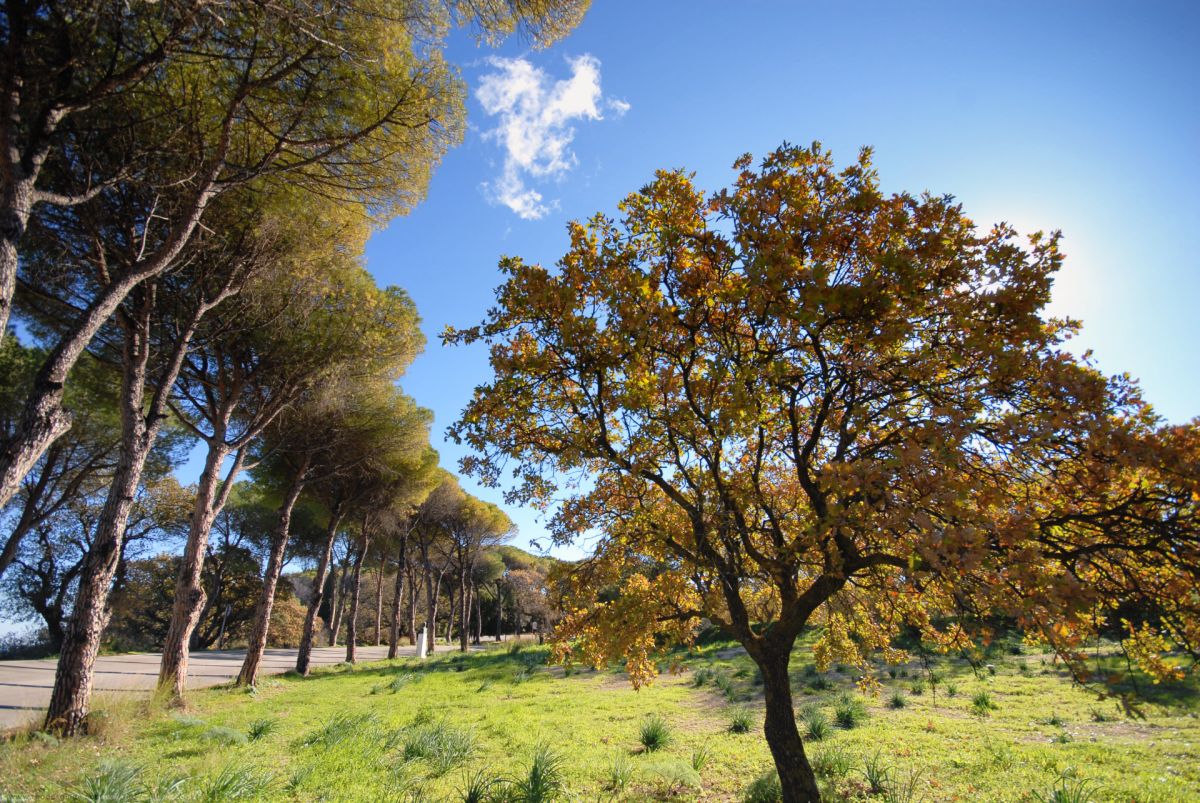Filerimos in Rhodes is situated near the village of Trianta, standing on the very site where the Doric city of Ialyssos once flourished. When the Dorians arrived around 1100 BC, Ialyssos became member of the alliance known as the Dorian Hexapolis. Archaeologists came across the necropolis of ancient Ialisos between Trianta and Filerimos.
In 1876 excavations, brought to light Mycenaean pottery, a Doric foundation and a Hellenistic temple of Athena Polias proof of the prosperity of the city down to the time when Rhodes city was founded in 408 BC. In the middle age the Knights of St. John used the site of Ialissos. Later it passed on to the Ottomans and finally to the Italians.


Remnants of these periods and vestiges of the long succession of conquerors can still be seen. On the way up the ancient road to the Acropolis in Filerimos, one comes across the foundations of the temple of Zeus and Athena. On top, there stands beautiful church, dedicated to Holy Mary. This Monastery was destroyed during the Ottoman period and rebuilt by the Italians who had Capuchin monks establish on the premises. It is to them that this lovely complex owes the lovely walkways and quite corridors. The monks also contrived an exquisite liquor recipe, based on a mixture of seven, locally-found herbs (hence its name of «Sette Erbe» = Seven Herbs) still available at the local canteen.



 English
English
 Deutsch
Deutsch
 Ελληνικά
Ελληνικά